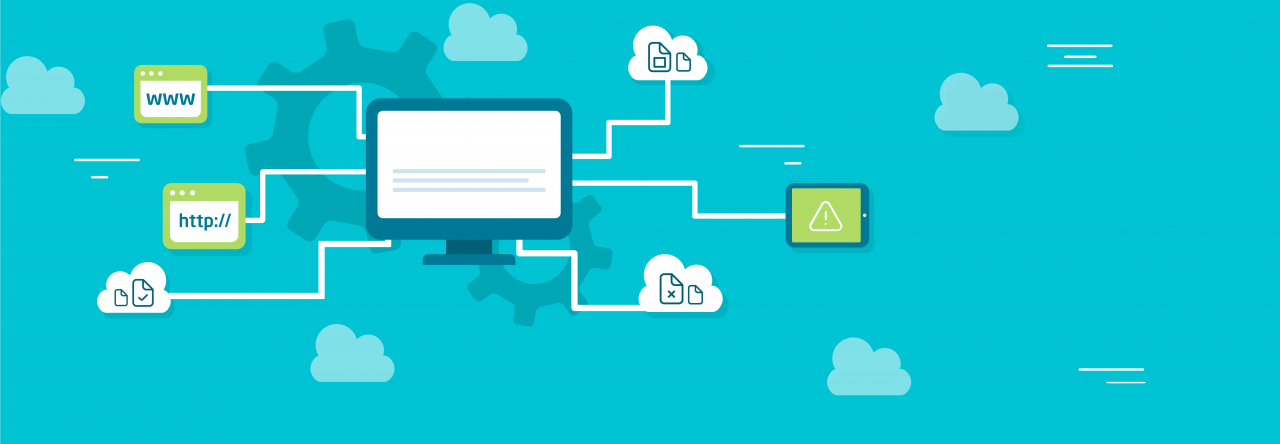
In our era, where the Internet has become an integral part of our lives, it’s evident that online fraud is becoming an increasingly common problem. However, by knowing and adhering to certain rules and safety measures, one can protect oneself from these threats. We will discuss these in more detail in our article today.
In the vast expanse of the internet, there are numerous tips on checking websites for online fraud. Some people may use a specific one, while others pay special attention to all of them. In our turn, we have selected the most common and effective ones and compiled our list to help you avoid making dangerous decisions in the future.
Main Tips for Checking Websites
First – Checking SSL Certificates.
The presence of an SSL certificate is an important indicator of a website’s security. So, pay attention to whether the site has an encrypted connection (https://), and whether there is a lock icon next to the URL. Click on this lock to view the certificate details. It should be issued by a well-known certification authority and be valid.
Second – Analyzing the Design and Language of the Site.
Poor design, grammatical and spelling errors can be signs of a phishing site. Fraudsters often do not pay enough attention to these key aspects. Also, be cautious with sites that have overly intrusive advertising banners or pop-up windows. However, remember that this is not always the main indicator, as large project sites may place such materials according to advertising integrations with their partners.
Third – Checking User Reviews.
We recommend looking for reviews about the site from independent sources. These can be forums, social networks, or specialized review sites. Pay attention not only to positive but also to negative reviews, especially if they relate to security or privacy, compare them, and draw your conclusions.
Fourth – Using Website Checking Tools.
There are many online tools that can help you check a website’s reliability. For example, Google Safe Browsing allows you to enter a website’s URL to check if it contains harmful programs or phishing.
There are no specific characteristics regarding the best online tools, so use those that are most convenient for you.
Fifth – Being Cautious with Personal Data.
And of course, caution regarding your confidentiality is foremost. Never provide personal information, such as credit card numbers, passwords, or other data, on dubious or unverified sites. Moreover, use different passwords for different sites. This is one of the main rules of your own digital security.
Overall, by maintaining a high level of caution and using the above tips, you can significantly reduce the risk of becoming a victim of online fraud.
Remember, your online safety depends on your own vigilance and knowledge. So, study all important information in this direction and be prepared for all possible situations!

Leave a Reply